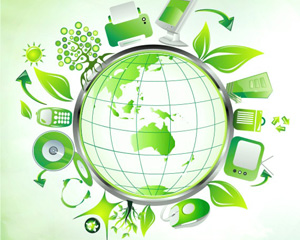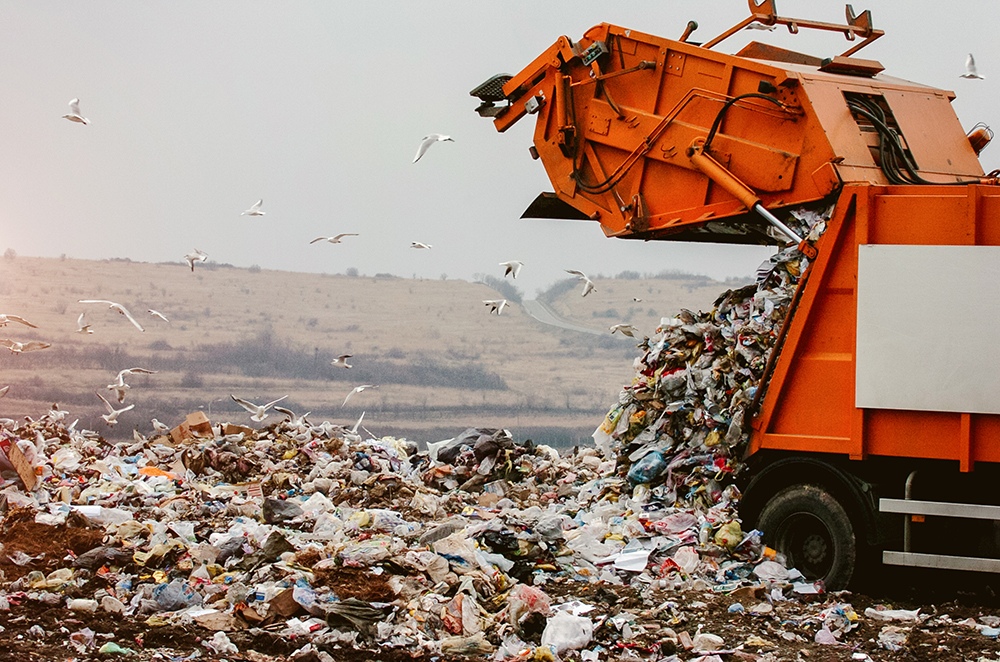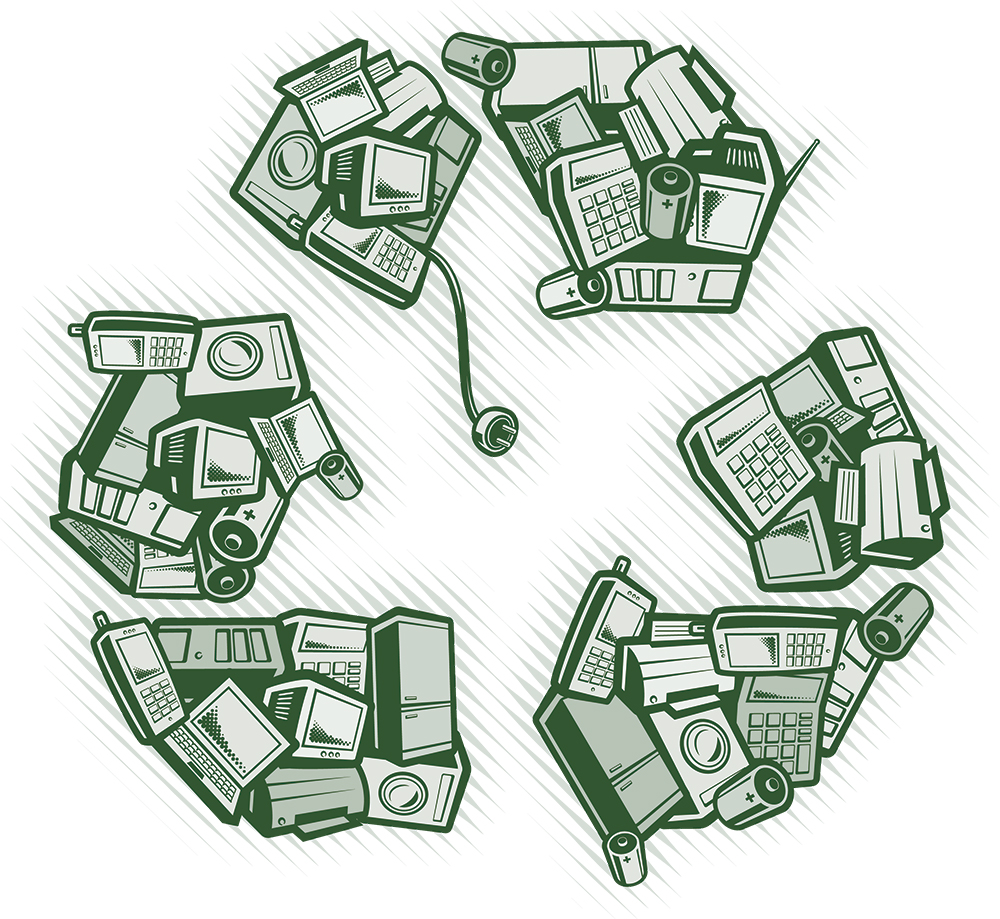
Featured Image: Source
End-of-life discarded electronic devices have accounted for the largest proportion of waste stream. Going back to 2012, US generated 3.412 million tons of e-waste, out of which only 1 million tons, i.e. 29.2%, was recycled. The remaining waste was trashed in landfills. Every year, an estimated 20 to 50 million metric tons of e-waste is generated all over the world. As the devices become obsolete; waste including lead, cadmium and others is left behind.
Individuals have begun to trade in their electronic devices to get them replaced with the newest offerings. The trend is likely to continue further in the coming years imposing a threat to the environment. The world is drowning in cables and devices and it is expected to escalate to about 65.4 million tons, which is an estimated 33% increase by 2017. It has now become imperative to take appropriate measures for managing the complex cocktail of e-waste.

Image Source: iStock.com/choice76
As we get rid of our old devices, we expect that the recycler is going to make the best use out of it. However, the problem arises when many of the recyclers don’t actually recycle the e-waste and are inclined to dishonest ways of generating profits. This is done by selling these products to the waste traders instead of processing them within the US. Those traders, then, export the e-waste to developing countries where it is processed at a cheaper cost in an unhealthy and unsafe manner. Thus, we assume that the problem is solved, but in reality, we are exporting our problems to the developing countries. This e-waste often ends-up in the backyards of people’s homes. Furthermore, with weak laws and unhealthy working conditions, women and children in the developing nations are exposed to various hazardous materials. Therefore, the need arises to have responsible recycling, and determine safer ways of handling electronic waste.

Image: iStock.com/MandarineTree
The growing appetite for electronics has triggered an ever-increasing existence of E-waste. Although, there are responsible recyclers available, but a significant proportion of the E-waste is not properly disposed-off. It’s time to face the music! The problem is escalating and needs to be resolved with responsible recycling.
Following are possible solutions for addressing the issues resulting from E-waste:
Gathering greater amount of data can be helpful. Current E-waste management system is more focused on factors including:
To develop a more sustainable e-waste management system it is important to have quality data for decision making purposes. Additional data that can be gathered may include reasons for discarding, origins of the waste, manufacturer name, and service life of the product. This information can be added to the database that can facilitate the users interested in recycling and reusing the products. Simultaneously, valuable materials should be examined that can be recovered to be used for developing other products. Additionally, new methods should be introduced for manufacturing products that can be easily reassembled and reused for waste minimization.
It is important to conduct a thorough research to get an in-depth analysis of the situation. At the same time, providing educational opportunities can increase awareness for the need to re-cycle e-waste. Science of E-waste management can be advanced with the development of specific design and engineering courses. For instance, courses such as “Life Cycle Assessment for Electronics Manufacture, Use and Recycling” and/or “Designing Electronics for Disassembly” can be introduced. Furthermore, innumerable ideas are available for e-waste management projects for students. Taking these measures will facilitate in ensuring effective utilization of discarded electronic resources.
The landfills filled with e-waste, resulting from the pieces of junk thrown in them, are being used by people migrating from the villages. Families are trying to earn a living by working in life-threatening conditions. Dhariya Dand witnessed the horrific sight at the suburban Phnom Penh where kids aged 7 and 8, were working. Dand wanted to take an immediate action to address the situation and decided to design and build toys. His idea assisted in solving both the problems of 1) Recycling of valuable waste, and 2) Provision of educational toys for the kids. His creative ideas resulted in the creation of cheap (<$5) modular “edutainment kits”. His business “Thinker Toys” is likely to expand by collaborating with openToys that can further help in designing new ways to re-use E-waste. Considering his thought for teaching in communities lacking educational resources by re-using e-waste, similar initiatives can be taken. For instance, an online community can be developed for providing children and adults an opportunity to create something with their e-waste through DIY tools.
As the world becomes more connected, the possibility of continuous e-waste generation has become a real threat. Moreover, companies have developed technologies to utilize the benefits resulting from mining of e-waste stream. They have begun to find ways for extracting the maximum value from discarded electronic devices. Individuals have realized that e-waste is a highly valued commodity, which can generate higher financial and environmental benefits, if recovered. It’s high time to play our part in e-waste management with creative thinking and greater responsibility.
We have made an effort to contribute for the cause through our services. Do you want to make a difference and save the environment? Share your ideas with us for effective e-waste management.
Kelly Sampson is a writer, blogger, and environmental enthusiast. She has strong opinions about climate change, the dogs vs. cats debate, and Oxford commas. She has lent Hummingbird International her engaging and spirited voice and turned our blog into a great place to find valuable information about e-waste, e-waste recycling, and the ITAD industry. Explore our blog to read more of her work.